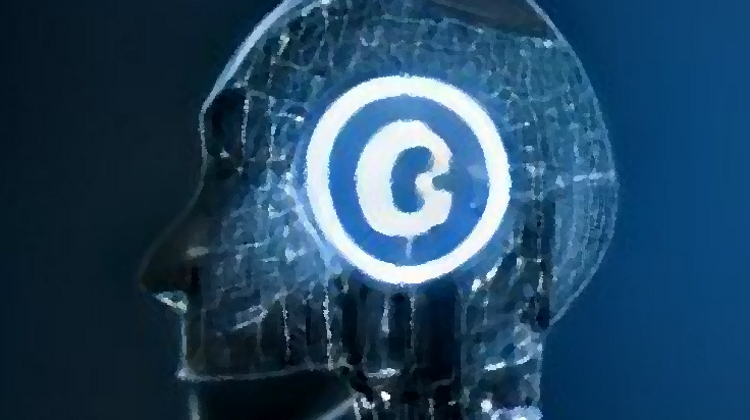
On a recent episode of The Sell More Books Show podcast, they reported that U.S. Copyright Office Rules A.I. Art Can’t Be Copyrighted. Bummer. Now I can’t sell my AI-generated art, because anyone can just steal it for themselves.
But can they?
Actually…
The headlines are misleading. It turns out you CAN copyright your AI art. All you have to do is copyright it under your own name.
An AI cannot own a copyright because it’s not a person. Instead, it’s a tool used by a person.
AI artwork just can’t be copyrighted with the AI tool listed as the artist, because AI tools aren’t people, and only people can have their intellectual property protected.
If you think about it, this makes a lot of sense. An author does not list Microsoft Word as a co-author or editor, even if autocorrect was used. An artist does not list Adobe Photoshop as a co-creator of a digital graphic, even if graphical filters were used. GPT-3 and DALL·E don’t spontaneously create things. People create the AI tool, train it with data created by people, and then a person has to use it as a tool and tell it what to create (then probably clean up the final work with some artistic license). Afterward, a person has to decide what to do with the created works, tweak them, manage them, and possibly enforce copyright on them.
If you say that an AI is autonomous and give it the copyright, who will manage the intellectual property and perhaps profit from it? If a person does it, aren’t they infringing on the AI’s copyrights? Aren’t they treating the AI as if it were a slave? Slavery and exploitation is wrong and illegal. Once you go down the path of giving AI tools human rights, you can’t just give them some rights. Artificial Intelligence either deserves full human rights or none at all. And giving AI full human rights right now is just stupid.
So go ahead and copyright your DALL·E-generated artwork. Just tell the copyright office that YOU created the artwork with the help of your AI software DALL·E.
Leave a Reply